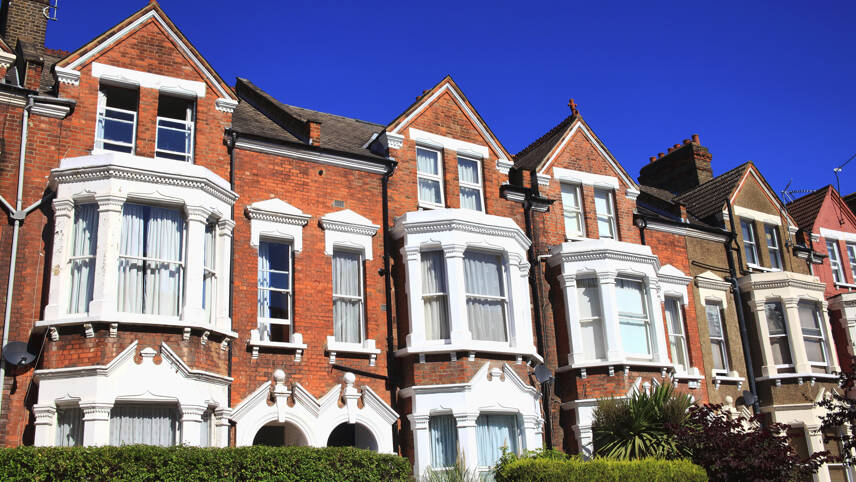Register for free and continue reading
Join our growing army of changemakers and get unlimited access to our premium content

That is the key finding from the Global Retrofit Index, developed by 3Keel with support from Kingspan. The report assesses the progress G20 countries are making to reduce emissions from existing buildings.
Given that 80% of the buildings that will be around in 2050 in developed countries have already been built, the report warns that these nations are failing to keep up with the required retrofit rates to meet net-zero.
Currently, less than 1% of existing buildings in major economies are being given the necessary retrofitting upgrade annually, below the 2.5% rate recommended by the International Energy Agency (IEA) by 2030.
With the IEA claiming that energy retrofits can help reduce the energy demand of buildings by up to two-fifths, the new analysis finds that retrofitting 20% of buildings across G20 nations in the next five years could reduce emissions from heating by around 20%.
However, based on current trajectories, the energy intensity of the sector will need to drop five times quicker over the next decade than it did between 2015 and 2020 – equitable to a 50% cut in direct emissions by 2030.
Report author Michael Lord of 3Keel said: “We developed the global retrofit index to benchmark the progress made by different countries in reducing emissions from their building stock. Our findings clearly show that we urgently need to significantly increase the retrofit rate globally and ambitious government action will be vital to support the building and construction sector.
“To achieve the level of reduction needed, the energy performance of existing building stock will need to be significantly improved and deep energy retrofits are needed to achieve the deep cut in emissions we must make. In countries with older building stocks, the need for retrofits will be even greater.”
Germany is currently the best-performing G20 nation regarding retrofits, followed by the Netherlands, France and the UK. Among the G7 members, Canada, USA and Japan ranked lowest.
The UK’s retrofitting industry needs to grow by ten times its current size if the UK is to decarbonise its housing stock at a pace suitable for the wider net-zero emissions target, separate research has revealed.
The paper, published by Bankers for Net Zero and the Green Finance Institute, claims that an estimated 29 million homes need to be retrofitted with low-carbon solutions if the UK is to meet net-zero emissions by 2050.
Heating and powering homes make up 23% of the UK’s carbon footprint. Tackling these sources of emissions will also assist with job growth across the UK, notably for small and medium-sized organisations (SMEs), the paper adds.
Indeed, the retrofit industry consists mainly of SMEs and this sector will need to grow by at least a factor of 10 to deliver the required levels of retrofits.
Commenting on the findings, Bianca Wong, global head of sustainability at Kingspan said: “Decarbonising the built environment is a critical issue that must be addressed to help limit the global temperature rise to 1.5⁰C by the end of this century. We need to consume less energy and fewer resources. Rapidly reducing the energy used to heat, cool and light buildings is an essential part of the puzzle and should be one of the planet’s most urgent climate policy goals. We have the tools, solutions and technologies needed to improve energy performance in buildings.
“We now need to apply these at scale. We must work together locally and globally to increase the pace of building refurbishments. That means finding innovative models for funding, supporting policy changes, minimising disruption for the public and ensuring high levels of energy savings over the lifetime of the retrofitted buildings. This isn’t just the problem of world leaders and Governments. The onus is on all of us across the built environment value chain to engage positively and proactively”.


A coat of Starlite paint would turn all buildings into passive temperature controlled ones, and is part of the world’s first self-funding near-zero CO2e plan.